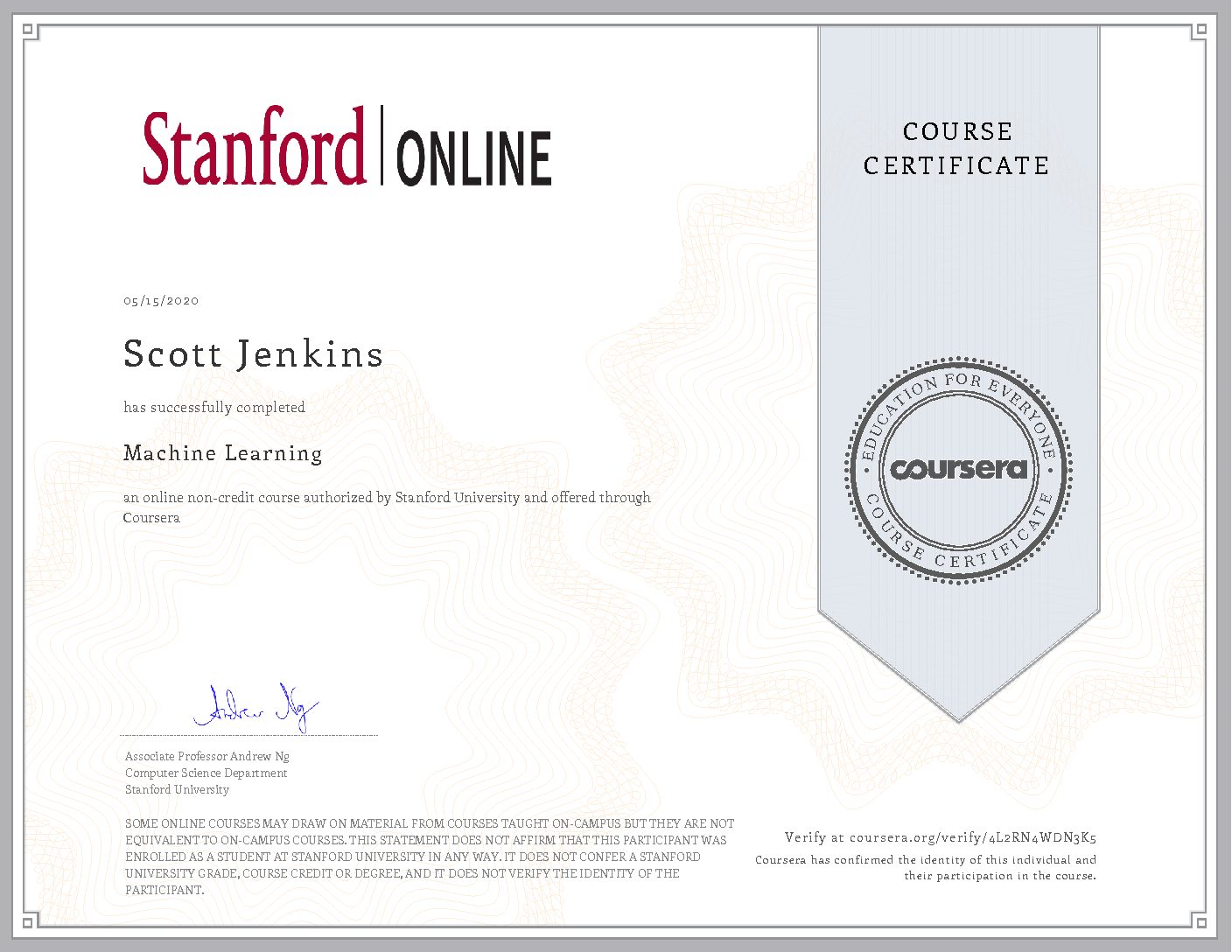Store Colleague Allocation

In this post, I write about 3 methods of allocating store colleagues. My motivation is in the application of a recent piece of work: building time series models to forecast store footfall. I’m interested in how to use my forecast to better schedule colleagues within a store; this post is an output of my wider research.
Motivation
Aside from rent, the biggest overhead for a store is its workforce. A necessary investment of course; since the shop can not open otherwise. Great colleagues also have a huge impact on customer experience, typically measured through Net Promoter Score (NPS)
Rota planning is a fine balance of having enough colleagues working for the store to operate effectively, and for the customers to have a good shopping experience, but not having colleagues underutilized and standing around with little to do.
How many colleagues should be working at a given time? I argue that this is a function of store profitability and customer satisfaction, to be defined by the company. Here are a couple of simple charts, mocked up in paint, which display the relationships.

We see that colleague wages are a linear function of hours worked, and that sales increase with hours up to a point. More colleagues permit better customer service and shorter queue times. The store reaches a colleague saturation point, where adding extra colleagues does little to improve sales, which after all are limited by the number of customers who come through the door. Eventually, staff wages increase quicker than store sales and profits decrease. The purple line indicated how to set hours if optimising for profit alone.

Customer satisfaction (measured through NPS) increases with more colleagues and flattens off once a store is operating smoothly. It is unrealistic to achieve 100% NPS (‘You can please some of the people all of the time, all of the people some of the time, but you can’t please all of the people all of the time.’) A threshold NPS can be set and the corresponding hours noted. The store hours allocated should be above this value for the NPS threshold to be met.
With an understanding of the question, I’ll now consider 3 approaches, then summarise with the strengths and limitations of each.
1. Sales Forecasting
This method is built on the assertion that staff wages should be proportional to store sales. Using a sales forecast, a direct relation is drawn to the cost allocated to wages, which itself relates to a number of colleague hours.

In the example above, the system allocates £40 of Store Labour to every £1000 in the sales forecast, 4% of revenue is allocated to wages.
One benefit of this approach is that given an accurate sales forecast, the cost of store wages can be tightly controlled in a financially sound model. The method could be applied on an hourly basis and any stand-alone departments within store, such as a coffee shop can be considered separately.
My challenge against this approach is the lack of consideration for the customer and their requirements. The next approach aims to rectify this.
2. Footfall Forecasting Approach
This week, I’ve been building time series models to forecast store footfall. Looking ahead for 3 weeks at a time at a daily level, I’ve reduced the Mean Absolute Percentage Error (MAPE) to around 10% consistently across the 170-store estate. More on forecasting methodologies another time. Right now, I’m excited to apply these forecasts to store labour allocation and rota planning. In this section, I share my thoughts on how this could be done.
The crux of the problem is translating footfall to colleague numbers; the ratio of Customers: Colleagues. It is important to understand that customer flows within a store are different, this is one way into the problem.
On the following store ‘floor plan’, we see the main service areas and the flow of customers between sections. I’ve left numbers off to stop the diagram becoming too messy. I’ve also included delivery, since although won’t drop by the warehouse, the workload of the warehouse colleagues is a function of the number of the customers.

However, from a colleague allocation perspective, it is of little significance where the customer has come from. Instead, it is more helpful to record the fraction of colleagues who require service at each of the touch points. Far simpler too.

Breaking Down the Problem
Let’s see how this could work in practice.
Suppose that on a given day, 5000 customers visit Store X, and that the fraction of customers who visit each service area is as follows:

The 30% of customers in the ‘Browsing’ group don’t interact with any colleagues during their visit.
The percentages can sum to over 100%: a reflection that a customer can interact with colleagues more than once during their visit.
In essence, this allows us to break the store footfall into traffic at each service area as follows:
|
Store Area |
Footfall |
|
Tills |
3000 |
|
Customer Hosts |
500 |
|
Coffee Shop |
750 |
| Just Browsing |
1500 |
From here, we can consider each area in turn as a separate sub-problem.
The key questions to answer are now:
- How many colleagues can a till colleague serve in an hour?
- How many customers can be served in the coffee shop in an hour?
- How does the Customer Host: Customer ratio impact NPS?
These are best answered through experiment by store or customer demographic.
Using the footfall by store area together with these constraints, a simple division outputs how colleague hours should be scheduled. The scheduling of delivery colleagues is a result of knowing the scheduled delivery size and the rate at which pallets can be worked.
One caveat to face into is that customers do not arrive at the store uniformly. Exploring hourly footfall data goes some way to solving this. Knowing how the percentages of customers visiting each service area change throughout the day (e.g. Coffee Shop spike at lunch time) can further improve our scheduling. Also worth exploring is the mathematical models of queuing theory: if customers arrive in accordance to a Poisson distribution, we can model how the number of colleagues on till impacts the wait time; and through correlation, the expected NPS.
Activity Based Scheduling
A third method I have read about is activity-based scheduling. So far, scheduling has been considered a top-down problem, beginning with a forecast of either sales, or footfall and breaking this down to translate to required colleague numbers. Activity based scheduling turns this on its head.
We begin with a list of all tasks which are to be completed within store on a given day. It is also helpful to identify the necessary training or expertise required to undertake the task. Finally, we also need best estimates of the time it takes to do each task, together with the number of times the task is completed in a typical day.
As an example, a simple store workload could be summarised in a table such as the following:
| Task Description | Prerequisites | Duration/Mins | Frequency | Total/Mins |
| Unpacking pallet from delivery | Delivery Colleague | 10 | 30 | 300 |
| Replenish a department | 30 | 25 | 750 | |
| Department Stock Count | Stock Colleague | 30 | 5 | 150 |
| Till Transaction | Till Colleague | 4 | 500 | 2000 |
| Carrying bulky items to customer’s car | 10 | 6 | 60 | |
| Answering customer queries | Technical Knowledge | 8 | 50 | 400 |
| Click & Collect Internal Orders | 6 | 60 | 360 |
Total Time = (Duration) x (Frequency)
Variation across stores may also be worth considering, since based on factors such as average basket size (ABS) or store/warehouse layout, tasks may deviate from the standard time. Large baskets take longer to put through the till, and a warehouse on the first floor presents logistical challenges for colleagues moving bulky items onto the shop floor.
Summing the rightmost column in the table gives the required time required for each task to be completed, split by the prerequisites.
This method, though comprehensive, relies upon a large number of estimates: the duration and frequency of each task, and so is more intensive to calculate than either of the previous 2 methods.
Summary
Method selection isn’t a ‘one size fits all’ problem. Each has their merits. Right now, I think I’ll have the most success applying a footfall approach to colleague scheduling at Dunelm. I think it best considers customer needs and is straightforward to visualise and understand to stakeholders. Is there another method which you think may be more successful? I’d love to discuss your thoughts on this topic.
Until next time,
Scott


